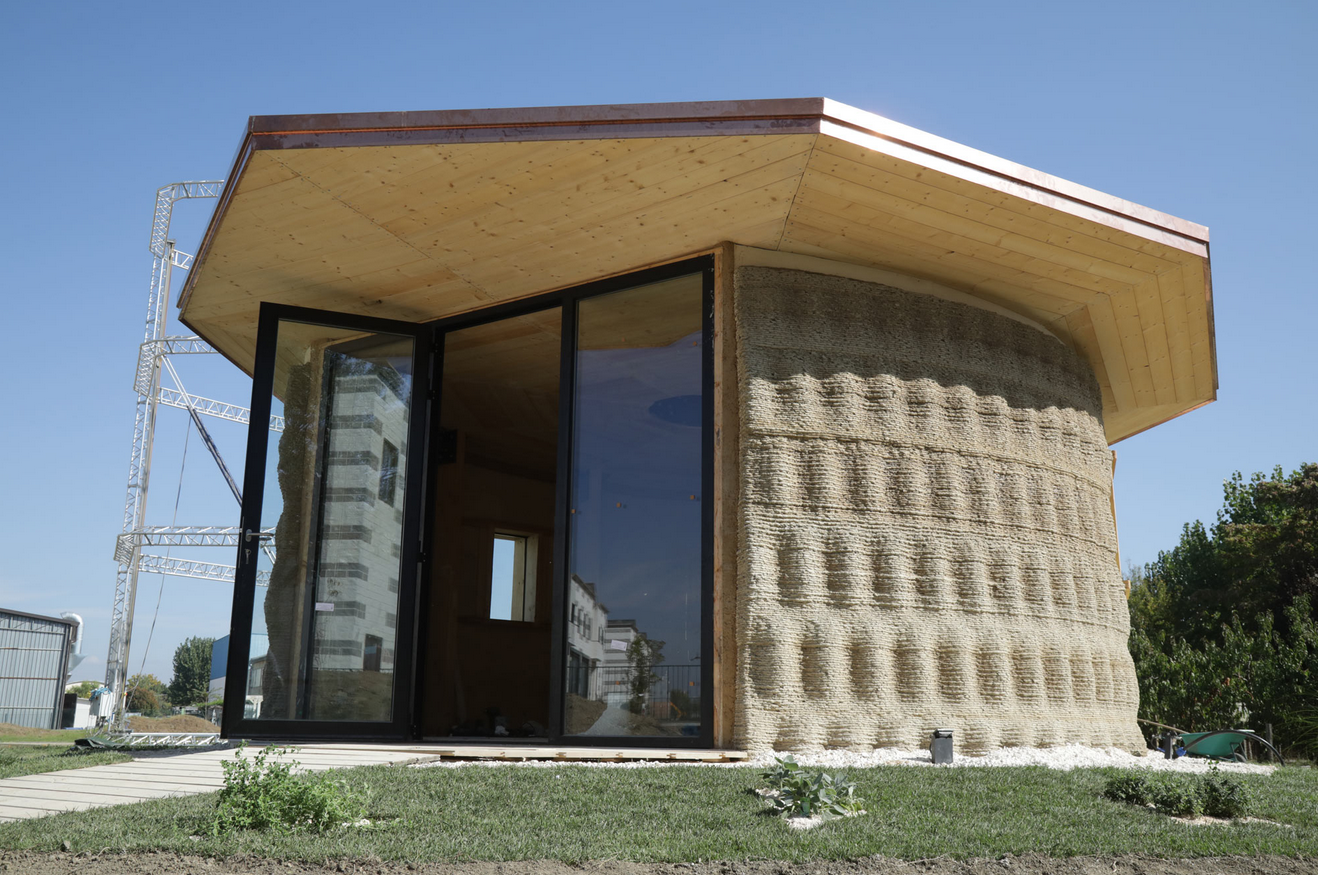

They carry heavy loads for many miles which they will use or sell as woodfuel. In Entoto, on the outskirts of Addis Ababa, thousands of women and girls collect firewood. Indoor air pollution also disproportionately effects refugee, poor urban, and HIV/AIDs populations living in crowded and poorly ventilated conditions, and already carrying the burden of disease.

Respiratory disease in children is the leading cause of death for children, though malaria and diarrheal diseases are better known.

Indoor air pollution also increases the risk of acute lower respiratory infections, chronic obstructive pulmonary disease, and is associated with tuberculosis, perinatal mortality, low birth weight, asthma, otitis media, cancer of the upper airway, and cataracts. Indoor air pollution causes 56% of deaths and 80% of the global burden of disease for children under the age of five. Indoor air pollution īecause of their constant exposure to cook fires, women and children are particularly at risk. Indoor air pollution is especially deadly for children it is responsible for nearly 50% of pneumonia deaths in children under the age of five. 500,000 of these deaths are from childhood pneumonia. The World Health Organization estimates that more than 4 million people die each year from household air pollution generated by cooking with solid fuels in poorly ventilated spaces. Traditional biomass fuels release emissions that contain pollutants dangerous to health, such as small particles, carbon monoxide (CO), nitrogen dioxide, butadiene, formaldehyde, and carcinogens such as benzopyrene and benzene. Smoke and gaseous emissions pour out of burning wood, animal dung, or crop residues, leading to lung disease and respiratory illnesses in women and children. Approximately 60% of African families cook with traditional biomass, a percentage that increases to 90% for Sub-Saharan Africa. More than 3 billion people cook with wood fire worldwide. Because of the inefficient heat production of wood-fired stoves such as this one, women cook indoors for hours each day in poorly ventilated dwellings. Targeting poor and marginalized communities that face health issues from cooking over polluting fires, Gaia currently works in Ethiopia, Nigeria, Brazil, Haiti, and Madagascar, and is in the planning stage of projects in several other countries.Ĭurrent cooking methods in energy poor communities: the problem Biomass fuels and associated risks Ī small boy sits by his mother's traditional wood fuel stove. The project considers alcohol fuels to be a solution to fuel shortages, environmental damage, and public health issues caused by traditional cooking in the developing world. non-governmental, non-profit organization involved in the creation of a commercially viable household market for alcohol-based fuels in Ethiopia and other countries in the developing world. This image shows the desert landscape of rural Ethiopia and the unavailability of biofuel. As a relatively new camp of about 2 years, it is laid out with wide streets and regular family compounds. Awbarre refugee camp is situated next to a small town in the middle of the Ethiopian countryside, seven kilometers from the Somali border.


 0 kommentar(er)
0 kommentar(er)
